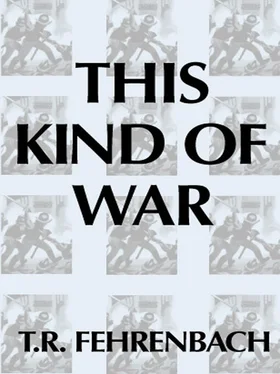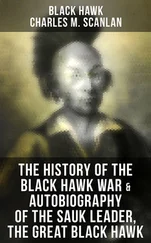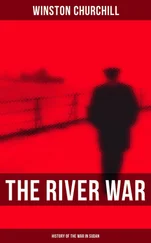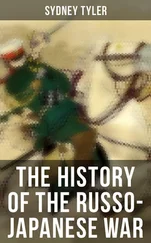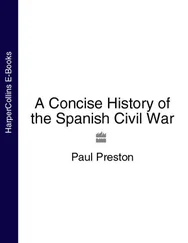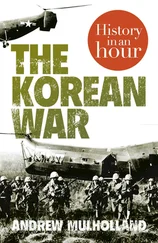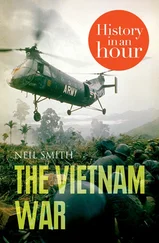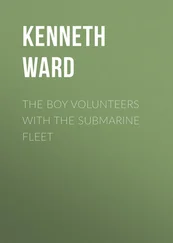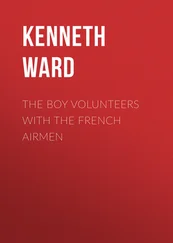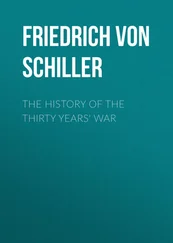U.N. creates United Nations Command, under commander appointed by U.S.
5 July-4 Aug.1950
U.N. Forces fight delaying action across South Korea.
4 Aug. 1950
Pusan Perimeter in southeastern Korea established.
5-19 Aug. 1950
First Battle of Naktong Bulge.
27 Aug.-15 Sept. 1950
Perimeter battles, heaviest fighting of war.
1 Sept.-5 Sept. 1950
NKPA great Naktong Offensive.
15 Sept. 1950
Inch'on landings.
18 Sept. 1950
U.N. breakout from Pusan Perimeter.
19 Sept.-1 Oct. 1950
U.N. pursuit and exploitation.
26 Sept. 1950
Seoul recaptured.
7 Oct. 1950
U.N. Forces cross 38th parallel.
U.N. sanctions defeat of North Korea, reunification of country.
12 Oct. 1950
First Chinese Communist troops enter Korea.
15 Oct. 1950
Truman and MacArthur meet at Wake Island.
19 Oct. 1950
P'yongyang, N.K. capital, taken.
26 Oct. 1950
X Corps lands at Wonsan on east coast.
1 Nov. 1950
CCF ambush 1st Cav. Div. at Unsan
10-26 Nov. 1950
X Corps advances toward Yalu in east, Eighth Army in west.
24 Nov. 1950
MacArthur's "final offensive" jumps off.
25 Nov.1950
CCF strike Eighth Army along Ch'ongch'on River in west.
27 Nov. 1950
CCF strike 1st Marine and 7th Division at Changjin Reservoir in east.
26 Nov.-1 Dec. 1950
U.S. 2nd and 25th divisions defeated along Ch'ongch'on in west. Retreat.
27 Nov.-10 Dec. 1950
X Corps fights back toward port of Hungnam in east. Marines retreat from Kot'o-ri.
22 Dec. 1950
Walker killed; Ridgway to command of Eighth Army.
24 Dec. 1950
X Corps sails from Hungnam. North Korea evacuated.
4 Jan. 1951
Seoul captured by CCF.
14 Jan. 1951
U.N. lines rest along 37th parallel in South Korea.
25 Jan. 1951
U.N. reassumes offensive.
1 Feb. 1951
U.N. votes to end Korean conflict by "peaceful means."
14 Feb. 1951
CCF counteroffensive; CCF turned back at Chipyong-ni.
17 Feb.-17 March 1951
U.N. continues offensive, moves north.
18 March 1951
Seoul retaken.
11 April 1951
MacArthur recalled; Ridgway assumes command at FECOM, Van Fleet of Eighth Army.
22 April 1951
CCF offensive; Glosters hold on at Imjin.
30 April 1951
CCF breaks contact.
16-22 May 1951
U.S. forces halt CCF Soyang Offensive.
May Massacre.
23 May-1 June 1951
U.N. drives north.
13 June 1951
U.N. on 38th parallel.
23 June 1951
Soviet Delegate Malik proposes truce in U.N.
10 July 1951
Truce talks begin at Kaesong.
1 Aug.-31 Oct. 1951
U.N. launches limited attacks to straighten lines: Bloody, Heartbreak Ridge battles.
27 Nov. 1951
Truce talks resume at Panmunjom; cease-fire line agreed upon, at line of contact.
Nov. 1951-April 1952
Stalemate along Korean battlefront during discussions at Panmunjom.
2 April 1952
Screening of U.N. POW's begins; Koje-do riots commence.
7 May 1952
General Dodd captured by Communist POW's at Koje-do.
12 May-12 June 1952
Mark Clark replaces Ridgway at FECOM. General Boatner quells disturbances on Koje.
June 1952-Oct. 1952
Stalemate along battlefront while truce talks deadlocked on pow repatriation question. Hill battles rage on Baldy, Whitehorse, elsewhere.
8 Oct. 1952
Truce talks recessed at Panmunjom; complete deadlock.
Oct.-Nov. 1952
Heavy pressure on ROK's in center of line.
ROK Army comes of age.
Nov. 1952
Indian proposal on POW's in U.N.
Dec. 1952
President-elect Eisenhower comes to Korea; intensification of U.N. psychological warfare.
Dec., Jan., 1953
Continuation of stalemate; hill battles.
11 Feb. 1953
Maxwell Taylor replaces Van Fleet at Eighth Army.
22 Feb. 1953
U.N. Command again proposes exchange of sick and wounded POW's.
5 March 1953
Death of Josef Stalin; struggle for power in Kremlin disaffection in Soviet satellites.
28 March 1953
Communists agree to pow exchange proposed by U.N.C.
30 March 1953
Chou En-lai indicates Communists will accept Indian U.N. proposal of November, 1952. Resumption of truce talks at Panmunjom.
16-18 April 1953
Battle for Pork Chop Hill.
20-26 April 1953
Exchange of sick and wounded POW's at Panmunjom.
27 April 1953
Resumption of plenary sessions at Panmunjom.
May 1953
Savage fighting along stalemated line while details of truce ironed out at Panmunjom.
4 June 1953
Communists agree in effect to all U.N. truce proposals.
25 June 1953
Robertson begins "Little Truce Talks" with Rhee to secure ROK acceptance of armistice; CCF launch massive attacks against ROK divisions.
7 July 1953
ROK agrees to truce terms.
27 July 1953
Cease-fire signed at Panmunjom. Fighting ends.
4 Sept. 1953
Screening and repatriation of POW's begins at Freedom Village, Panmunjom.
| Go to Table of Contents |
Glossary of Principal Weapons
Because of the limited nature of the Korean War, all combatants chose to fight it largely with surplus weapons from World War II. No startling developments, either in weaponry or tactics, came out of the conflict. While the United States made innovations and great improvements in logistical techniques, cold-weather clothing, and medical service, the only wholly new developments were the use of helicopters for reconnaissance, transport, and evacuation on a large scale, and the employment of jet aircraft in combat. The most modern jet, the F-86 Sabre, was thrown into the aerial war only when Communist forces first employed a first-rate, modern aircraft, the MIG-15, in what was essentially a field test.
Throughout the entire course of the war, weapons, radios, and vehicles, on both sides, remained of World War II vintage, although newer series of each had either been developed or were in production. In this sense, the Korean War was definitely anachronistic, for not only were nuclear weapons withheld, but so were modern varieties of transport, communication, and conventional weapons. At the beginning, the United States had no modern conventional weapons, a great weakness due to the complete cessation of procurement for ground warfare following World War II; but the Communist bloc, fighting through its secondary powers, followed the same course in employing only old or obsolescent weaponry, though much of this was of more recent manufacture, and in better condition, than that in American hands in 1950.
One indication of Communist thinking toward the future of warfare lies in the fact that Communist nations have continued, after World War II, Korea, and up to the present time, to develop and place in production whole new series of conventional arms, in addition to nuclear devices and means of delivery. The United States in recent years has produced new conventional arms in scant supply and with marked governmental reluctance, preferring to base its strategy wholly on the nuclear deterrent.
The principal infantry weapons used in Korea (with the exception of Commonwealth forces, which used British issue), were the following, the majority of which are now obsolete.
United States
U.S. Rifle Caliber .30 M-1 (Garand): The basic shoulder weapon of United States, ROK, and many other U.N. rifle regiments. A vintage of the mid-1930's, it was gas-operated and semiautomatic, fired an 8-round clip, and weighed 9.5 pounds, 10.5 with bayonet. Its effective range was about 500 yards, and its rate of fire up to approximately 30 rounds per minute.
U.S. Carbine Caliber .30: Produced as both a semiautomatic and full-automatic weapon, it fired a lighter bullet than the M-1 Rifle, with correspondingly less range, accuracy, and killing power. Fitted with a 15-round magazine, or 30-round or so-called "banana magazine"; gas-operated, it was carried principally by company-grade officer's, NCO's, clerks, and the like. Weight, 6 pounds. Developed during World War II from Garand principle.
Читать дальше
